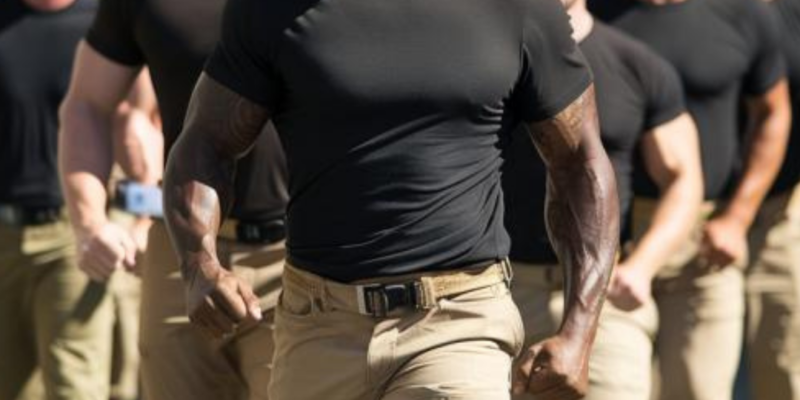
Bodyguard Formations
While on assignments, you will employ four basic bodyguard formations to protect your client depending on the environment, threat level, circumstances, and the number of bodyguards available.
The four basic formations are the wedge, box, diamond, and one-on-one formations, which are structured perimeter defenses formed around the client. These formations remain in close proximity to the client, are highly mobile, and move with the client at all times, shielding the client from encountering any altercations.
While conducting these protective formations as a team bodyguard or on a one-on-one effort, always be alert and position yourself between clients to shield against possible threats. Fully scan the room your client is in. If you sense danger, take action and immediately move the client to safety.
Each formation should be utilized to suit the individual needs of a situation and include the protection of your client while in different functions such as public halls, open space meetings, boardrooms, crowded auditoriums or streets, etc. The shape of the formation never stays perfectly aligned with the geometric configurations described. Still, the most important consideration is maintaining the integrity of protection provided for the client at all times by mitigating potential threats.
Three-Man Wedge Formation

As the name suggests, the wedge formation is a geometric configuration of a wedge. The rule in the wedge formation is to provide the client with 360 degrees of protection. The wedge is the most difficult formation for maintaining perimeter integrity around the client and is mostly utilized in moving the client through heavy, low-risk crowds. The wedge should only be used in a tight protective formation and is normally conducted in an overt movement.
[Read more…] about Bodyguard Formations: A Quick and Easy Overview

